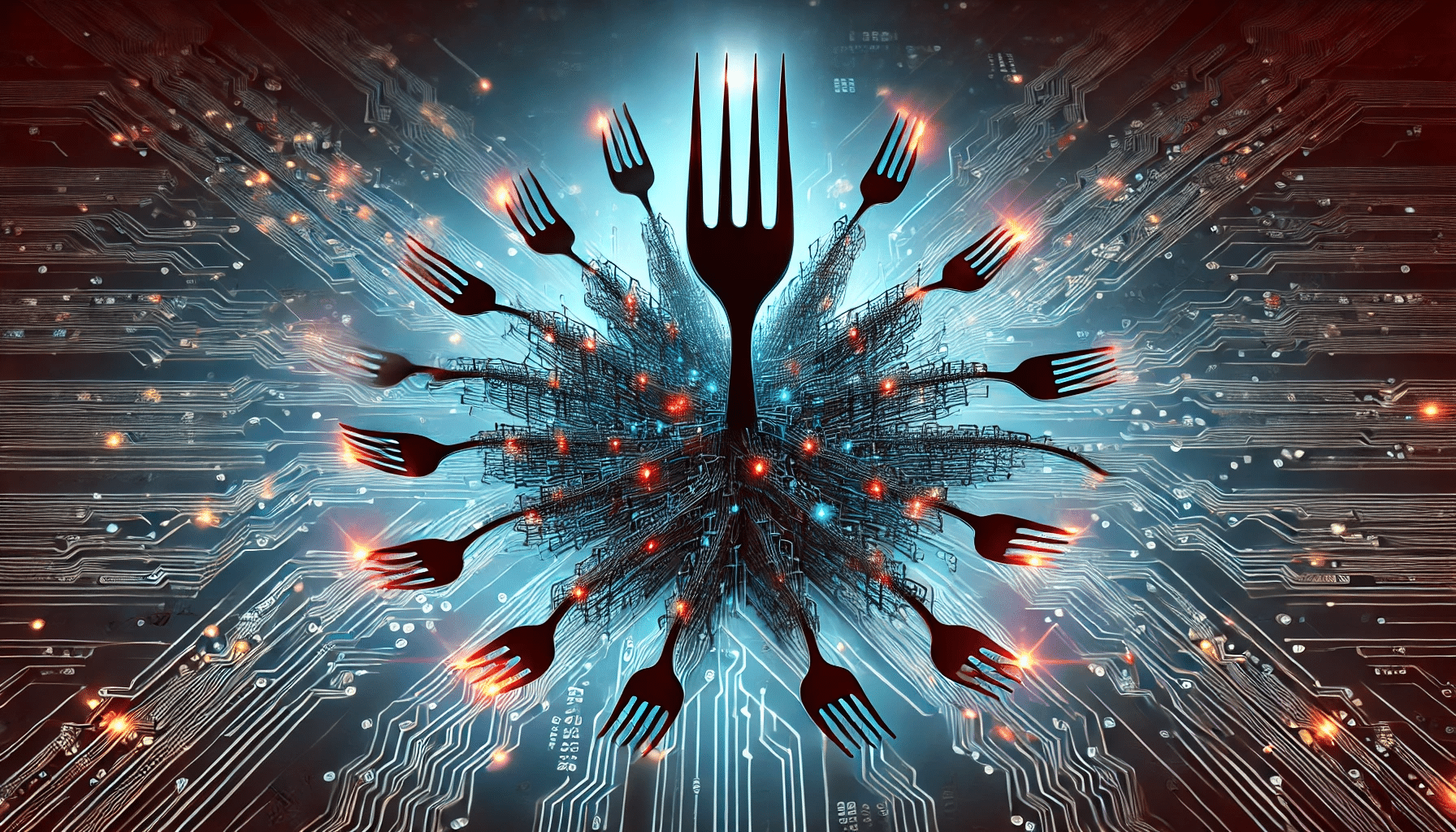In the realm of system administration and cybersecurity, understanding potential threats is crucial for maintaining the integrity and availability of your systems. One such threat is the fork bomb, a form of denial-of-service (DoS) attack that exploits the system’s ability to create new processes. In this article, we’ll delve into what a fork bomb is, how it operates, and how you can safeguard your systems against it using tools like ulimit.
Table of Contents
What is a Fork Bomb?
A fork bomb is a malicious script or command that rapidly creates a large number of processes to exhaust system resources, leading to system slowdown or complete unresponsiveness. The primary objective of a fork bomb is to disrupt the normal functioning of a system, making it inaccessible to legitimate users and processes.
The Classic Fork Bomb Code
One of the most notorious examples of a fork bomb in Unix-like systems is:
:(){ :|:& };:
At first glance, this cryptic line of code might seem perplexing. Let’s break it down to understand its mechanics.
Breaking Down the Fork Bomb
Understanding the Syntax
- Function Definition:
:()defines a function named:(a valid, albeit unconventional, function name). - Function Body:
{ :|:& };::: Calls the function itself.|: Pipes the output of the function to another instance of itself.&: Runs the function in the background.
- Function Invocation: The final
:calls the function, initiating the process.
Step-by-Step Execution
- Function Creation: The shell defines a function named
:that, when called, executes itself twice (:|:) and runs these calls in the background (&). - Initiation: The last
:invokes the function, which in turn calls two more instances of itself. - Exponential Growth: Each of these new instances calls two more functions, leading to exponential growth in the number of processes.
- Resource Exhaustion: The system’s process table becomes saturated, preventing legitimate processes from executing and causing the system to become unresponsive.
Impact of a Fork Bomb
The immediate effect of a fork bomb is the rapid consumption of system resources, particularly process slots. This can lead to:
- System Slowdown: As more processes are created, the CPU and memory resources are strained, slowing down the system.
- Denial of Service: Legitimate users and services may be unable to execute processes, effectively denying access until the system is rebooted.
- Potential Data Loss: Unsaved work and running processes may be terminated abruptly, leading to data loss.
Protecting Your System Against Fork Bombs
Preventing fork bombs involves implementing controls that limit the number of processes a user or system can spawn. One effective tool for this purpose in Unix-like systems is ulimit.
Using ulimit to Restrict Process Creation
ulimit is a shell builtin command used to set resource limits for the shell and the processes started by it. By configuring ulimit, you can control various aspects, including the maximum number of processes a user can create.
Setting a Process Limit
To set a maximum number of processes (for example, 100) for a user session, you can use the following command:
ulimit -u 100
-u: Specifies the maximum number of processes available to a single user.100: The maximum number of processes allowed.
Making ulimit Settings Persistent
To ensure that these limits persist across sessions and reboots, you can add the ulimit command to the user’s shell configuration files (e.g., .bashrc, .bash_profile) or configure them system-wide in /etc/security/limits.conf.
Example Configuration in /etc/security/limits.conf:
# Limit the number of processes for all users * hard nproc 100 * soft nproc 100
hard: The maximum limit that cannot be exceeded.soft: The current limit that can be increased up to the hard limit.
Additional Protective Measures
While ulimit is effective, combining it with other security practices enhances protection:
- Regular Monitoring: Use monitoring tools to keep an eye on process counts and system resource usage.
- User Privileges: Limit the number of users with the ability to create processes or modify
ulimitsettings. - Automated Alerts: Set up alerts for unusual spikes in process creation, enabling prompt response to potential attacks.
- System Updates: Keep your system and security patches up to date to protect against known vulnerabilities.
- Use of Containers: Implement containerization technologies like Docker, which can isolate processes and limit resource usage effectively.
Conclusion
Fork bombs represent a significant threat to system stability, capable of rendering systems unusable by exhausting available resources. Understanding how they operate and implementing preventive measures like ulimit can safeguard your systems against such attacks. By setting appropriate resource limits, monitoring system behavior, and adhering to best security practices, you can maintain a resilient and robust computing environment.
Stay vigilant and proactive in your system administration practices to ensure the security and availability of your systems.


